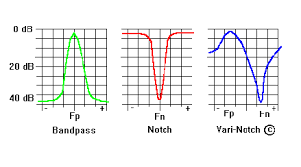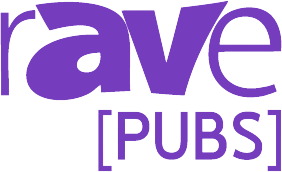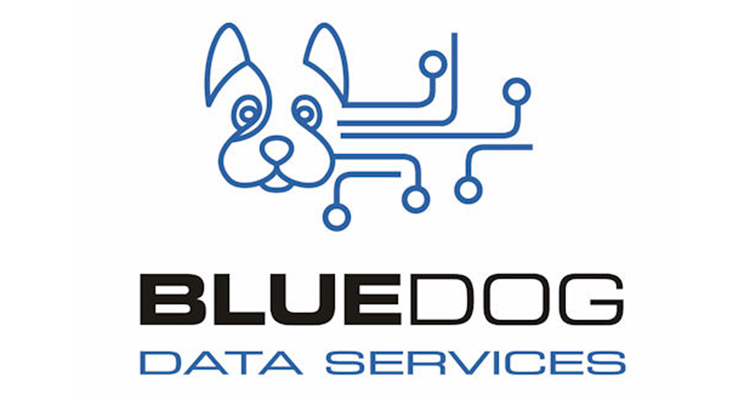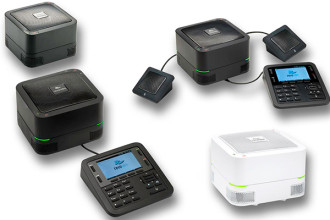Joseph Fourier: Father of Digital Audio Processing
All digital audio today has in some way been effected by the research and discoveries of this French Physicist. Ever wonder why simple analog audio became so complicated when converted to digital? Take two minutes here and I will tell you how an amazing set of apparently unrelated discoveries 200+ years ago, became so important to digital audio, echo cancellation, electronic counter measures, stealth aircraft, heat transfer, acoustical dampening, and many more.
 Jean-Baptiste Joseph Fourier French; 21 March 1768 – 16 May 1830) was a Frenchmathematician and physicist born in Auxerre and best known for initiating the investigation of Fourier series and their applications to problems of heat transfer and vibrations. The Fourier transform and Fourier’s Law are also named in his honor. Fourier is also generally credited with the discovery of the greenhouse effect. Additionally Fourier was scientific advisor to Napoleon Bonaparte (he got around!).
Jean-Baptiste Joseph Fourier French; 21 March 1768 – 16 May 1830) was a Frenchmathematician and physicist born in Auxerre and best known for initiating the investigation of Fourier series and their applications to problems of heat transfer and vibrations. The Fourier transform and Fourier’s Law are also named in his honor. Fourier is also generally credited with the discovery of the greenhouse effect. Additionally Fourier was scientific advisor to Napoleon Bonaparte (he got around!).
Heat transfer in solids was Fourier’s primary area of research, and in that time period it was considered leading edge. Well hot stuff is pretty hip (unless it’s an amplifier), but how does it relate to Digital Audio you ask? So the story goes that a colleague came to Fourier with a problem he was unable to solve based on some of Fourier’s earlier heat transfer work. The problem involved a thick metal ring with a diameter of about 30 cm. They heated one part of the ring to a high temperature and then buried the ring in a bed of sand as an insulator so that it would cool down slowly. Next they attached thermometers around the ring and took temperature measurements on a regular basis. The assumption was the cool side of the ring would heat up from conduction and then slowly drift back down in temperature with the rest of the ring, but a strange result occurred. The ring began cooling and then heating in different areas on a cyclical basis with the overall temperature slowly going down. Even today most of us would assume as they did 200 years ago that the temperature would drift down but never rise and fall many times. However we do know today that heat travels in waves ( oh hey and so does audio). Keep in mind here that the question was not would the ring cool down but why did it rise and fall in a cycle on its way down in temperature. This question led Fourier to eventually create mathematics that would answer this question and today it’s known as the Fourier series of equations including the Fourier transform. What the transform does is take level readings over a period of time and converts that into snapshots of frequencies present – this is also known as converting from the time domain to the frequency domain and you see this all the time.
 Once we began converting analog audio to digital audio we had the ability to apply the Fourier transform and create a digital spectrum readout of the signal in real time. This also gave us the ability at any point in the signal to add what we now call digital filters to the audio signal as it passed through the system in digital form. So it became very easy with no hardware at all to create digital filters such as hi-pass, low-pass, notch and any other you could think of.
Once we began converting analog audio to digital audio we had the ability to apply the Fourier transform and create a digital spectrum readout of the signal in real time. This also gave us the ability at any point in the signal to add what we now call digital filters to the audio signal as it passed through the system in digital form. So it became very easy with no hardware at all to create digital filters such as hi-pass, low-pass, notch and any other you could think of.  Even more amazingly it gave us the ability to look at a signal and then compare it to a previous signal as a snapshot. We can then make a decision if the two images we were seeing are an echo, and if so easily removing it from the digital memory in the computer – and do it very rapidly.
Even more amazingly it gave us the ability to look at a signal and then compare it to a previous signal as a snapshot. We can then make a decision if the two images we were seeing are an echo, and if so easily removing it from the digital memory in the computer – and do it very rapidly.
Even with 7 years of college calculus, the first thing that occurred to me when I read this accounting of the experiment was “who thinks up stuff like this?” I mean really – heating a ring and measuring its temperature at different points? Regardless, all of us audiophiles today and anyone who uses audio or video conferencing are very thankful that these guys thought about trying this apparently wacky experiment, and then figuring out why they got the unexpected results.
Ref: Wikipedia – http://en.wikipedia.org/wiki/Joseph_Fourier
Today in Science – http://todayinsci.com/F/Fourier_JBJ/FourierPoliticianScientistBio.htm: David Keston




